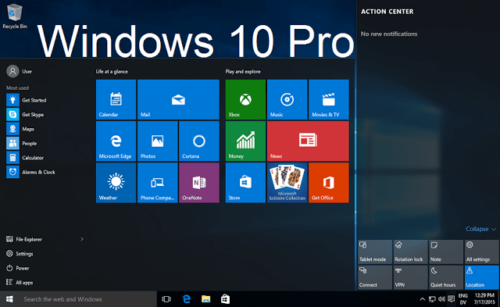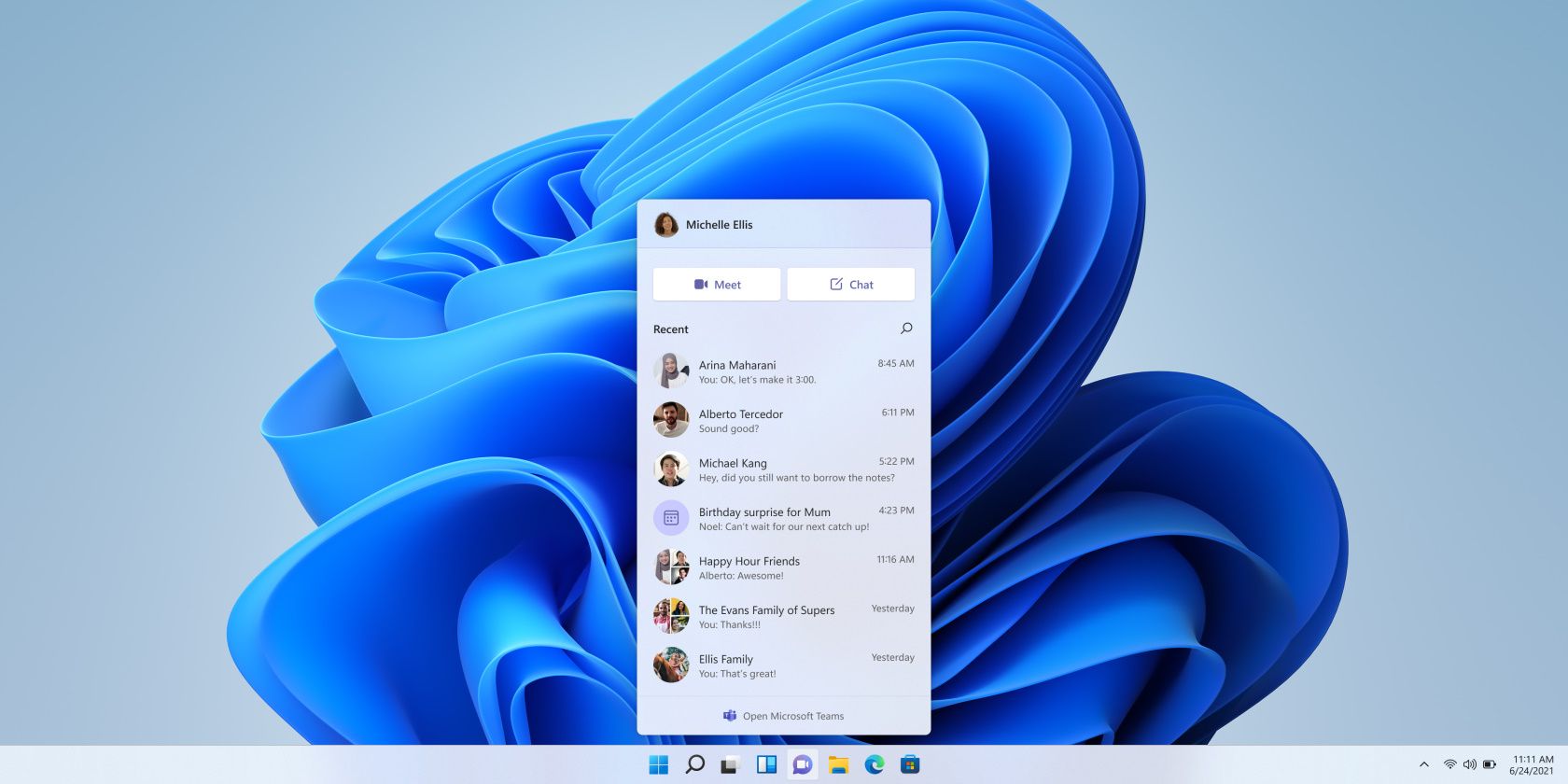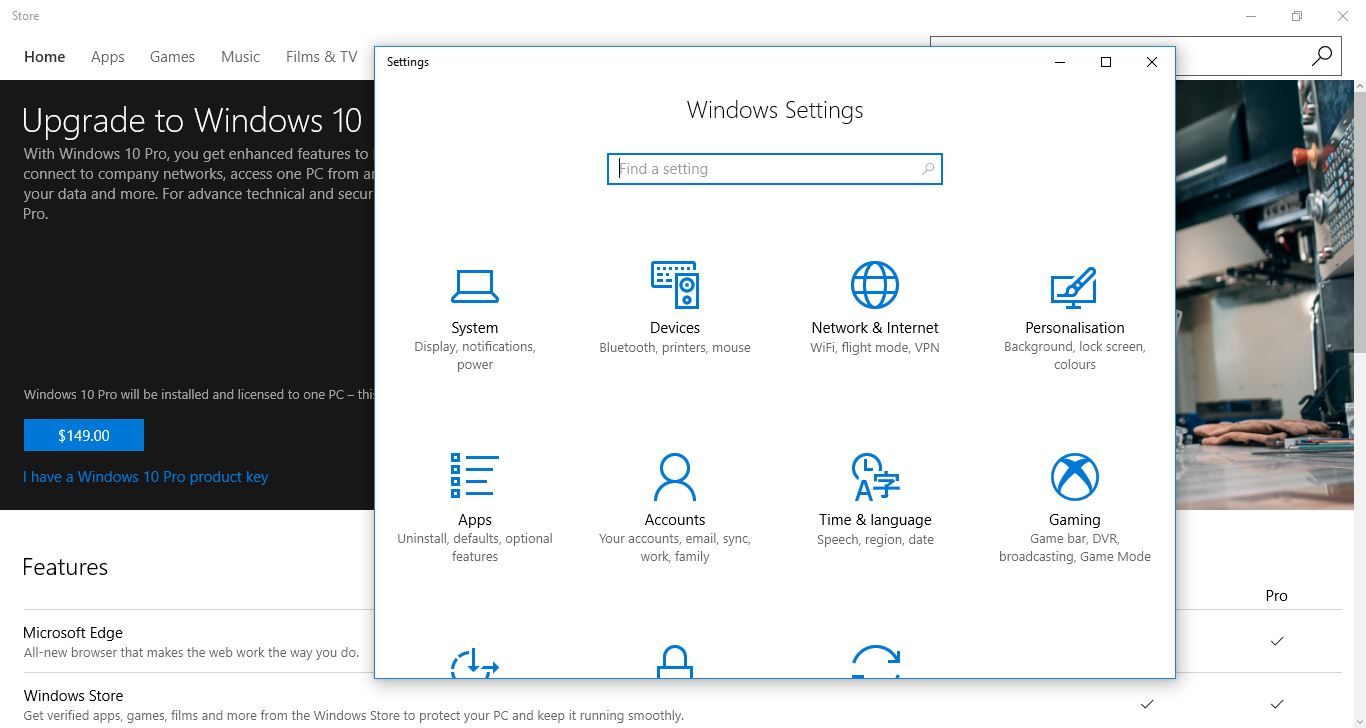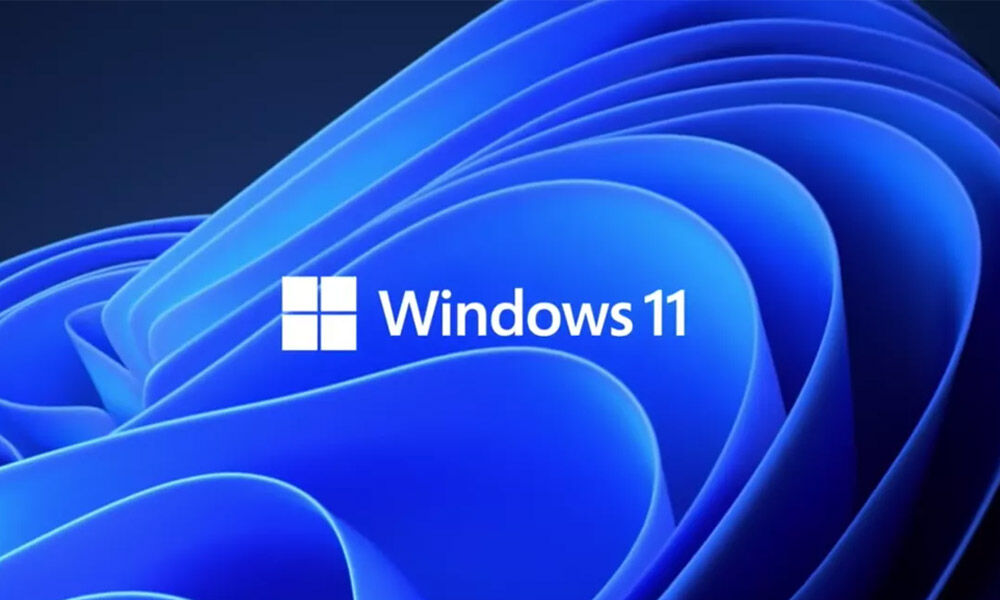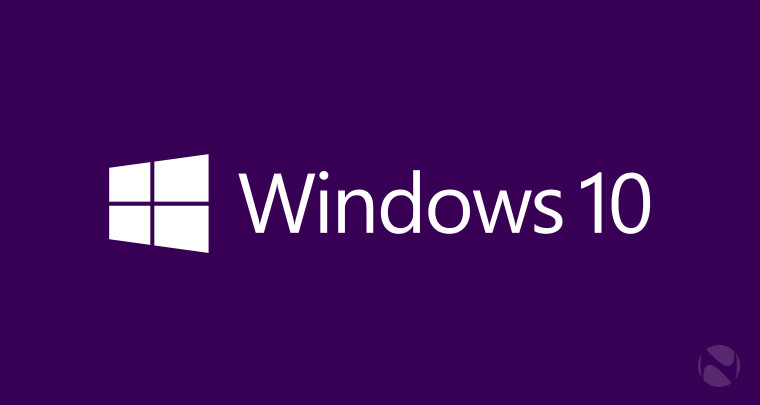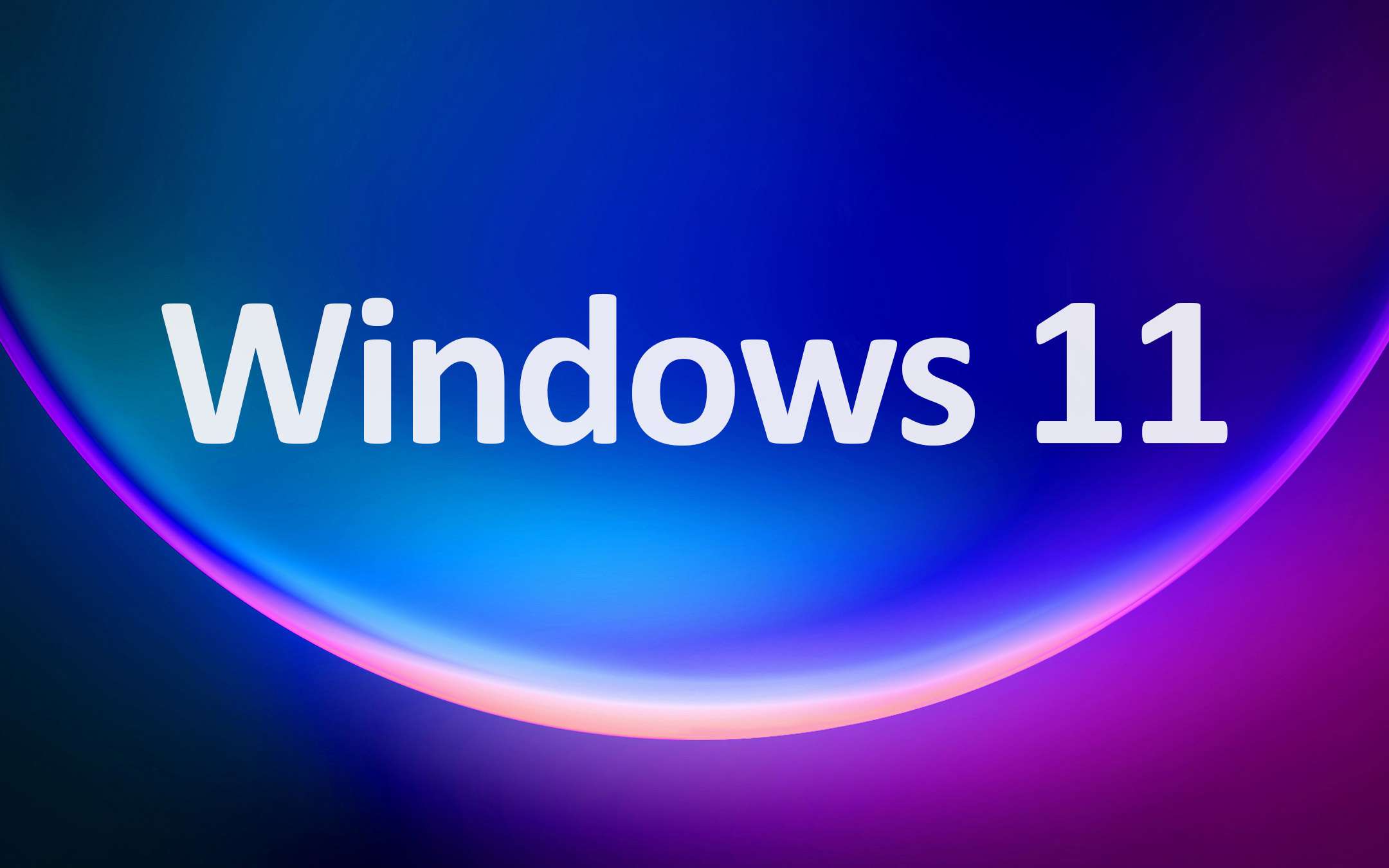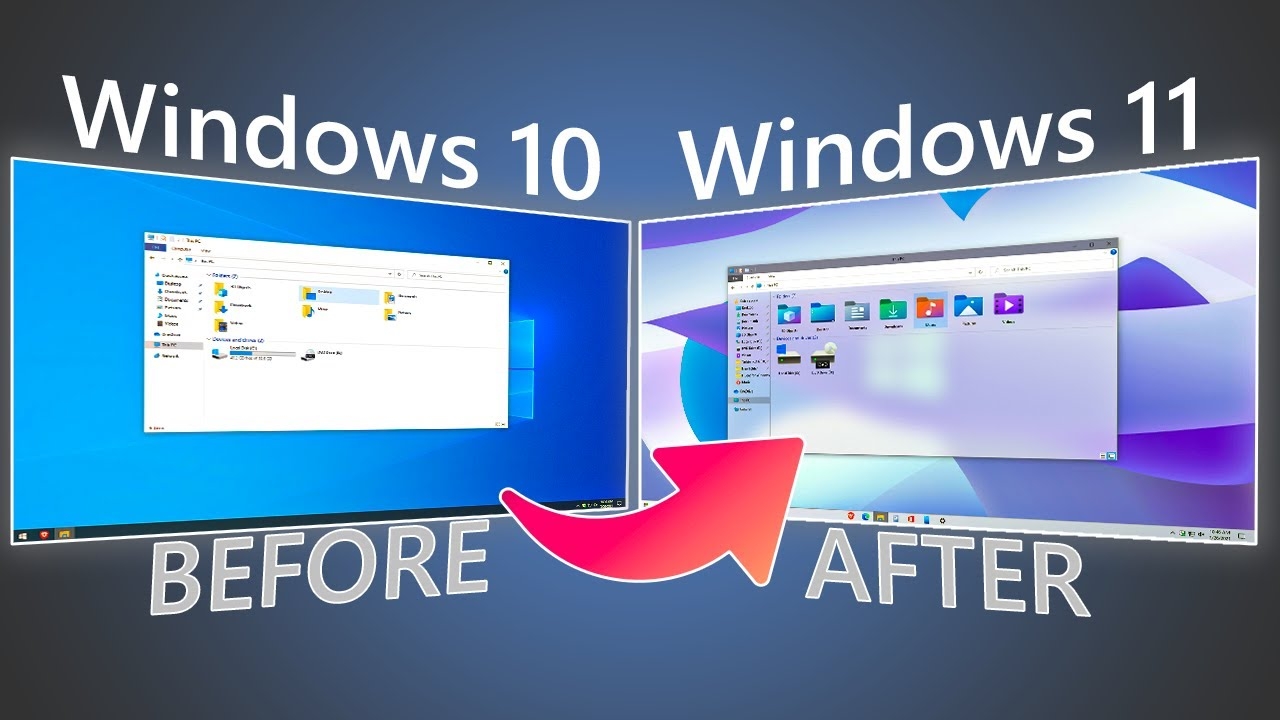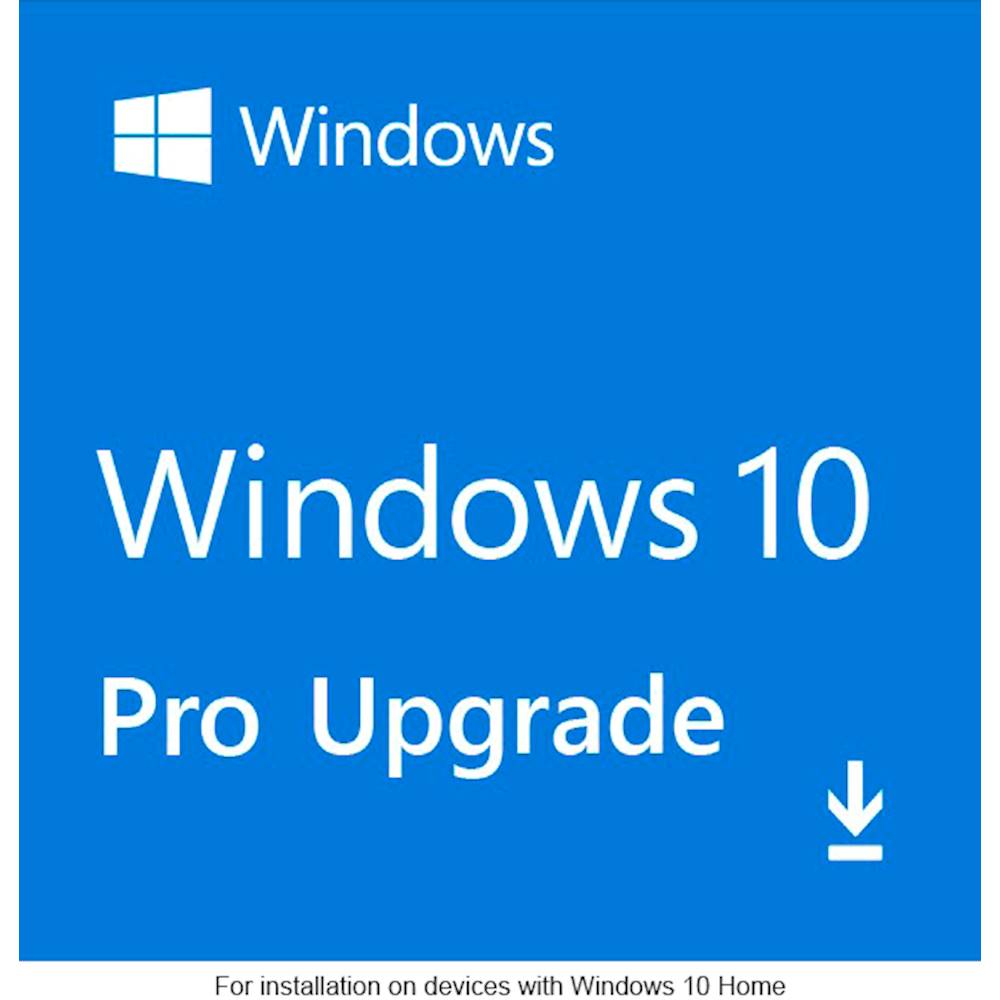Saturday, January 22, 2022
Friday, January 7, 2022
Windows 11 Pro Upgrade Cost
Microsoft finally launched Windows 11 earlier this week, proving that the operating system update isn't what many feared — a Windows 10 paint job. Windows 11 comes with a new user interface that puts the start menu front and center, which is the kind of visual transformation that would qualify as a Windows 10 theme makeover. But Windows 11 also brings over various new features that users will be excited about. Warren noted that he rarely used the Widgets panel or Microsoft Teams, citing that he preferred the weather display that later versions of Windows 10 offered, and didn't use Teams to communicate with his friends and family.
He also acknowledged the expansion of Microsoft Store to include more "traditional" desktop applications. Overall, he concluded that "I wouldn't rush out to upgrade to Windows 11, but I also wouldn't avoid it. After all, Windows 11 still feels familiar and underneath all the UI changes, it's the same Windows we've had for decades." If your existing Windows 10 PC is running Windows 10 20H1 or later and meets the minimum hardware specificationsit will be able to upgrade to Windows 11.
The upgrade rollout plan is still being finalized, but for most devices already in use today, we expect it to be ready sometime in early 2022. Not all Windows 10 PCs that are eligible to upgrade will be offered to upgrade at the same time. To see if your PC is eligible to upgrade, refer to our knowledge base for a list of tested systems.
Once the upgrade rollout has started, you can check if it is ready for your device by going to Settings/Windows Updates. Similar to how end users are notified when updates are available in Windows 10, end users will see an indication in the notification areas of the taskbar in the bottom right, that the upgrade is available. More information on how that is presented will be available at a later date.
Additional desktop notification options may be also be added at a later date. Internet Explorer has been replaced by the Chromium-based Microsoft Edge as the default web browser, and Microsoft Teams is integrated into the Windows shell. Microsoft also announced plans to allow more flexibility in software that can be distributed via Microsoft Store, and to support Android apps on Windows 11 .
Cunningham concluded that "as I've dug into and learned its ins and outs for this review, I've warmed to it more", but argued that the OS was facing similar "public perception" issues to Windows Vista and Windows 8. In October 2019, Microsoft announced "Windows 10X", a future edition of Windows 10 designed exclusively for dual-touchscreen devices such as the then-upcoming Surface Neo. Legacy Windows applications would also be required to run in "containers" to ensure performance and power optimization. Microsoft stated that it planned to release Windows 10X devices by the end of 2020. At least 16GB of RAM The basic system requirements of Windows 11 differ significantly from Windows 10.
Windows 11 only supports 64-bit systems such as those using an x86-64 or ARM64 processor; IA-32 processors are no longer supported. Thus, Windows 11 is the first ever consumer version of Windows not to support 32-bit processors and 16-bit software . The minimum RAM and storage requirements were also increased; Windows 11 now requires at least 4GB of RAM and 64GB of storage.
The compatibility list includes the Intel Core i7-7820HQ, a seventh-generation processor used by the Surface Studio 2, although only on devices that shipped with DCH-based drivers. Citing security considerations, the system requirements for Windows 11 were increased over Windows 10. While the OS can be installed on unsupported processors, Microsoft does not guarantee the availability of updates. Windows 11 also drops support for 32-bit x86 CPUs and devices which use BIOS firmware. Windows 11, unfortunately, ditches a couple of its best tablet- and touch-friendly features.
Most importantly, you can no longer swipe in from the left to open the task-switching view, a gesture I use all the time on my Surface Go tablet. You can no longer swipe down from the top to close an app, either. This omission is less of a big deal because you can still hit the X in the window's upper right corner as you'd do in desktop mode. Again, though, for a handheld device, the down-swipe is more direct and requires less dexterity.
There are, however, new three-finger swipe gestures to show the Task View and to minimize and app on the desktop. A sideways three-finger swipe switches you between running apps. And you can, of course, use the Task View button in the Taskbar, but that's not as immediate as a swipe of the thumb. I'd argue that switching tasks is more important to tablet users than accessing Widgets, the new result of that gesture, too. Windows 11 SE was announced on November 9, 2021, as an edition exclusively for low-end devices sold in the education market, and a successor to Windows 10 S.
It is bundled with applications such as Microsoft Office for Microsoft 365, Minecraft Education Edition, and Flipgrid, while OneDrive is used to save files by default. Windows 11 SE does not include Microsoft Store; third-party software is provisioned or installed by administrators. A redesigned user interface is present frequently throughout the operating system, building upon Fluent Design System; translucency, shadows, a new color palette, and rounded geometry are prevalent throughout the UI. If the Microsoft Surface family of products isn't your style though, other brands like Dell, Asus and HP have all released pages online that specify what devices are Windows 11 ready. Note that many won't come with the new operating system installed, but as they all meet the minimum system requirements, you can simply buy the laptop or 2-in-1 as normal and then update it yourself.
It's not imperative that you upgrade your system to Windows in the next couple of weeks, or even months. According to Microsoft's own lifecycle website, Windows 10 Home, Pro and Enterprise editions will continue to be supported by Microsoft until October 2025; your device will get essential security updates for another four years. For many people, that's about the time to upgrade to a newer device, one that will come with Windows 11 already installed. Perhaps the most important thing to know about the release of Windows 11 is that we should expect it to change significantly over the next few years. I've been using beta versions of Windows 11 for a month in the lead-up to writing this review, and it seems like every few days there's a minor new feature or redesigned app to check out.
We may not see that feature fully realized in Windows until next year. Anyone with one of the newer chips should have no trouble installing Windows 11 via Windows Update. Microsoft made a downloadable ISO disk image file for the beta Insider version available for installing Windows 11, allowing in-place upgrades or clean installations on a PC or in a virtual machine. A similar installation option is now available for the release version of Windows 11 via the Microsoft's Download Windows 11 page. Some sources have reported that installing the OS with the ISO installer bypasses the system's hardware requirements, but that's not advisable as you may not get future OS updates if you install it on unsupported hardware. Original equipment manufacturers can still ship computers without a TPM 2.0 coprocessor upon Microsoft's approval.
Some third-party software may refuse to run on unsupported configurations of Windows 11. If your PC sits more towards those minimum specifications, you'll get a lesser feature set and performance bump. You will get the benefit of longer rolling security updates, but it may be worth sticking with Windows 10 through the rest of your PC's service life before upgrading to a new PC. That new PC will almost inevitably come with Windows 11 pre-installed and fully supported anyway. Even the newly-released AutoHDR feature is available on both Windows 11 Home and Pro editions.
So it's safe to say that neither of the editions will disappoint you in terms of gaming performance. That said, Windows 11 Pro offers you a larger ceiling for hardware expansion. It supports up to 2 CPU sockets, 128 cores, and up to 2TB of RAM, whereas Windows 11 Home supports 1 CPU socket, 64 cores, and up to 128GB of RAM. Simply put, Windows 11 Home is more than enough for most users, even for hardcore gamers. You can use the PC Health Check app to determine if your device is eligible to upgrade to New Windows. Many PCs that are less than four years old will be able to upgrade to New Windows.
They must be running the most current version of Windows 10 and meet the minimum hardware requirements. Minor complaints aside, we like to see Microsoft giving its marquee software some attention. For the last few years, the company has focused more on its Azure cloud computing services—justifiably given that business's profitability. Windows 11 brings slick new looks, useful new tools, updated default apps, extra capabilities, and performance advances.
Perhaps that's enough to lure away some Chrome OS users or Mac users. Regardless, it's still early days for the desktop OS that's used on 1.3 billion PCs, so we look forward to Microsoft fine-tuning and perfecting Windows 11's design in future updates. As part of the minimum system requirements, Windows 11 only runs on devices with a Trusted Platform Module 2.0 security coprocessor. According to Microsoft, the TPM 2.0 coprocessor is a "critical building block" for protection against firmware and hardware attacks. In addition, Microsoft now requires devices with Windows 11 to include virtualization-based security , hypervisor-protected code integrity , and Secure Boot built-in and enabled by default.
The operating system also features hardware-enforced stack protection for supported Intel and AMD processors for protection against zero-day exploits. Rather than bringing you to a list of all of the software on your system, you can pin the ones you use most and access "recommended" files that you have recently worked on. Like the taskbar, this makes more sense on touch-based devices but hasn't translated well for those who use Windows exclusively on their desktops. Microsoft's Windows 11 launch news has been something of a mixed bag. On one hand, the latest version of Windows looks promising with big improvements to its UI and under the hood enhancements said to deliver 40 percent better performance.
On the other hand, there has been a lot of confusion and disappointment among some users with relatively new machines who don't appear to be eligible to upgrade at all due to strict new requirements. After the launch, Windows 11 price is on every person's mind who uses a Microsoft Windows operating system on their computers and laptops. From an individual who is out to have some fun, to a professional looking to make making money an easier process, there is something new there for everyone. Yes, indeed, Windows 11 has got the world talking about it, but nothing has got more attention than the price - even more so than the speculation about its launch date . In all likelihood, we would expect Microsoft to continue with the path it started walking down on in 2015. Windows 11, or whatever it is called, will be a free upgrade at least for PCs running Windows 10.
There may be some routes for upgrading Windows 8.1 and Windows 7 machines, specifications and hardware permitting. It is unlikely that Microsoft would want to be seen making upgrades difficult for customers, at a time when Mac users have it incredibly easy with macOS updates. The timing is such, Windows 11 after all its testing, will likely roll out in Fall this year. That is when this year's big macOS update, called macOS Monterey, will also be rolling out for Mac users.
Windows 11 has been released officially and is slowly rolling out to eligible users across the world. Some ineligible users have also upgraded the hardware to make their older PCs compatible with Windows 11's new system requirements. However, one important dilemma that many users are facing is which edition to upgrade to – Windows 11 Home or Windows 11 Pro? To make things easier for you, we have come up with this in-depth comparison between Windows 11 Home and Pro. In this article, we list the similarities and differences between the two editions in great detail.
So without wasting any time, let's go ahead and find out the winner between Windows 11 Home vs Windows 11 Pro. File Explorer is a good example of Windows 11's new look, particularly its updated left panel controls and folder icons. Note the simplified ribbon along the top, which is far less busy and distracting than the previous File Explorer's. The New button at the top left works for new folders or documents supported by your apps, and the same viewing options for files are available. The overflow menu offers file compression, selection, and Properties options, as well as the old Folder Options dialog. The right-click context menus, which have grown longer and longer over the years, get shorter, smarter, and clearer in Windows 11.
Much has been made over the system requirements for Windows 11, but they're very low—1GHz CPU, 4GB RAM, and 64GB storage. A 64-bit processor will be required; there's no longer a 32-bit version of the OS. You'll also need a computer with a TPM security chip and Secure Boot capability. Those are less of a problem than the internet is making them out to be, as they've been standard on most PCs for the last six or so years. The real limiter is the CPU model, which needs to be from about the last four years. Microsoft recently rereleased the tool that assesses your PC's ability to run Windows 11, the PC Health Check app, and the company announced that more PCs will be able to upgrade to it.
For tablet users, Snap Assist will now intelligently snap apps above and below when using a device in portrait mode, a behavior that was missing in prior versions of Windows. Microsoft has also updated the switching orientation animation so that it's much more fluid, and also remembers where your apps were positioned when switching between landscape and portrait mode. Windows 11 is available in two main editions; the Home edition, which is intended for consumer users, and the Pro edition, which contains additional networking and security features , as well as the ability to join a domain. Windows 11 Home may be restricted by default to verified software obtained from Microsoft Store ("S Mode"). Windows 11 Home requires an internet connection and a Microsoft account in order to complete first-time setup.
Task View, a feature introduced in Windows 10, features a refreshed design, and supports giving separate wallpapers to each virtual desktop. When a display is disconnected in a multi-monitor configuration, the windows that were previously on that display will be minimized rather than automatically moved to the main display. If the same display is reconnected, the windows are restored to their prior location. The taskbar's buttons are center-aligned by default, and it is permanently pinned to the bottom edge of the screen; it cannot be moved to the top, left, or right edges of the screen as in previous versions of Windows. The "Widgets" button on the taskbar displays a panel with Microsoft Start, a news aggregator with personalized stories and content (expanding upon the "news and interests" panel introduced in later builds of Windows 10).
Microsoft Teams is similarly integrated with the taskbar, with a pop-up showing a list of recent conversations. Windows 11 features a new version of the Microsoft Store, with a new interface and a broader selection of apps. This new store is meant to have an easier to use and better-curated digital storefront. It should also be faster, "We rebuilt for speed", said Panos Panay during the Windows 11 announcement. So far our experience of it is much the same as the rest of Windows 11...
But it's also still mostly filled with apps you'd likely download direct from your browser, or wouldn't want to touch at all. You can refer to our knowledge base for a list of tested systems to determine if your device eligible to upgrade to Windows -11. Many PCs that are less than four years old will be able to upgrade to Windows 11.
They must be running 20H1 or later version of Windows 10 and meet the minimum hardware requirements to receive the Windows 11 upgrade. When Microsoft released Windows 10 back in 2015, it offered the product as a free upgrade, for what was supposedly a limited time, to Windows 7 and 8 users. While many users made the switch, hardware constraints forced some to remain on the older Windows versions. Windows Widgets are back in Windows 11, accessible via the dock, with Microsoft touting AI-powered dynamic features that enable widgets, as with the Start menu, to change depending on the apps you're using and the time of day. On the touchscreen, you can slide from the left on the desktop to have widgets appear. If the product key is recognized, you'll see a message letting you know you're upgrading your version of Windows.
Before you start, ensure you've saved your work and any important files and close any open apps. Most notable is the interface itself looks sleeker compared to earlier versions of Windows. The software has bolstered its Snap layouts, which allow users to quickly snap an application to their screen, to support multiple configurations depending on what users desire. The operating system also simplifies the docking and redocking process to eliminate the need to reconfigure apps. Better android app store integration making it easier for android phones to connect with computer devices and Easier virtual desktop set up, better Microsoft teams' integration.
Microsoft has just revealed the timeline for the free Windows 11 upgrades it promised to existing Windows 10 users with compatible machines and it is not good news. At the launch, the company announced that Windows 11 will be launching later this year which people naturally assumed to mean that those free Windows 11 upgrades would also begin to roll out too. Instead, Windows 11 will only start rolling out to existing Windows 10 users in 2022, and even then, the rollout will be staggered. Windows 11 is also secure by design, with new built-in security technologies that will add protection from the chip to the cloud, while enabling productivity and new experiences. Windows 11 provides a Zero Trust-ready operating system to protect data and access across devices. We have worked closely with our OEM and silicon partners to raise security baselines to meet the needs of the evolving threat landscape and the new hybrid work world.
What To Do With Stone Chips On Car
Stone chips are a common feature in car paintwork, usually on the bonnet. They normally create deep, very localised damage in the paint. The...

-
Stone chips are a common feature in car paintwork, usually on the bonnet. They normally create deep, very localised damage in the paint. The...
-
Microsoft finally launched Windows 11 earlier this week, proving that the operating system update isn't what many feared — a Windows 10 ...
-
Empty Message
